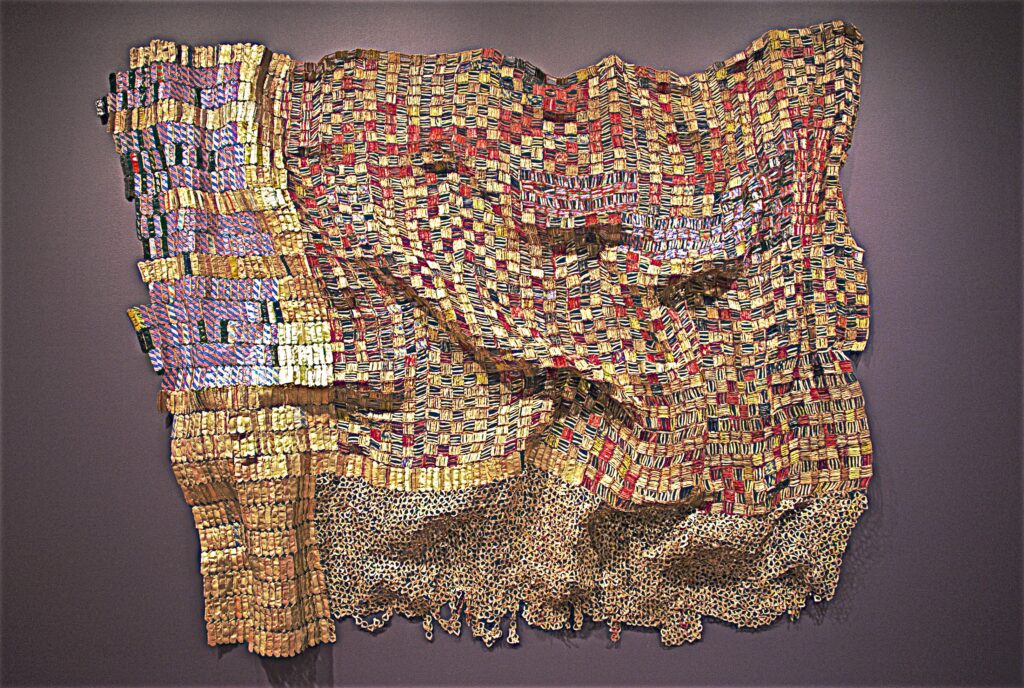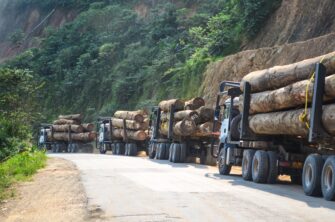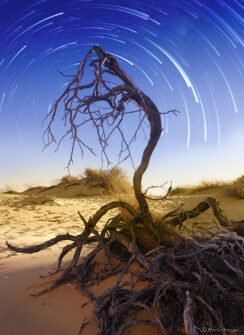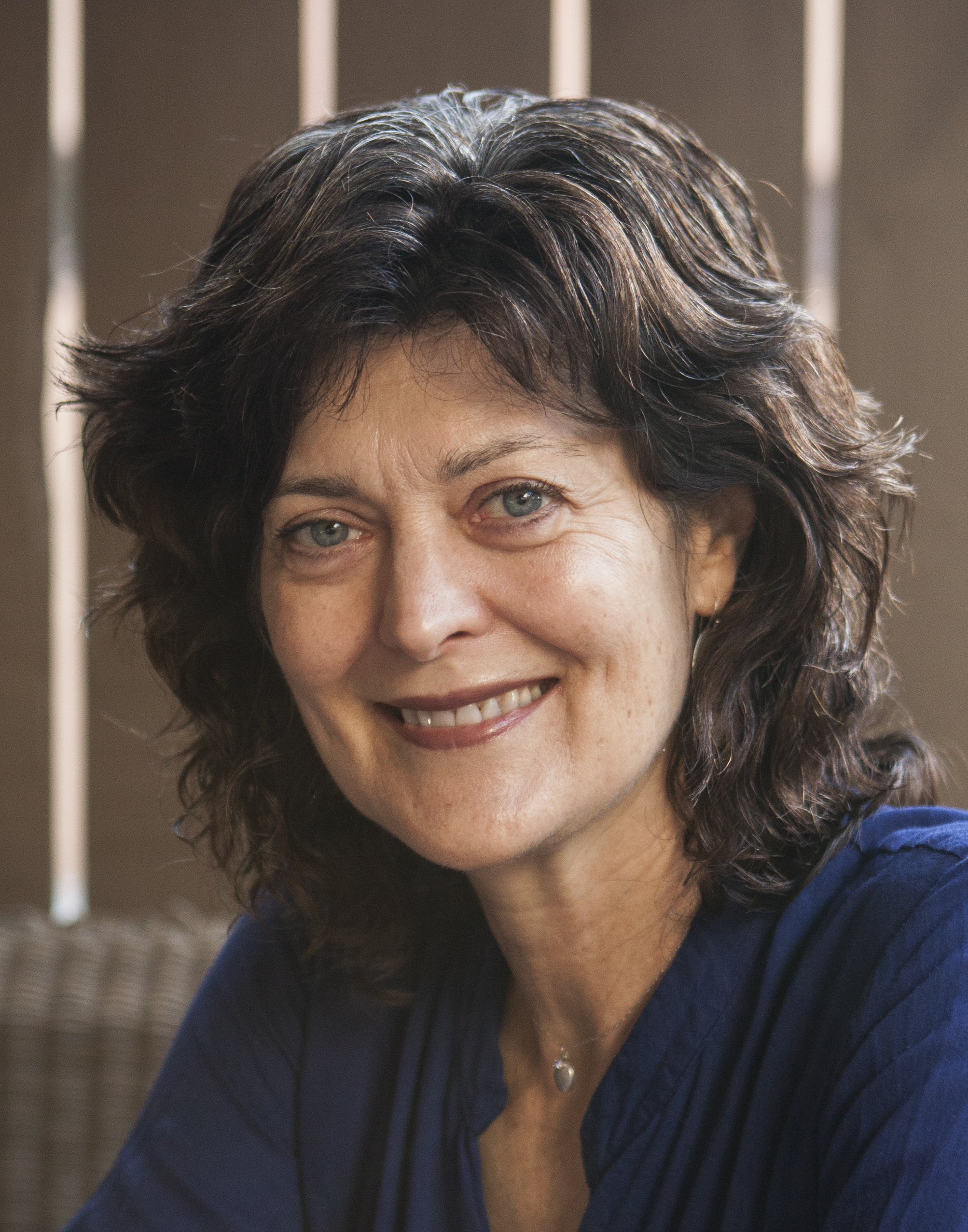
Colonialism, Missionizing, and Multiple Identities
In Who Are My People?: Love, Violence, and Christianity in Sub-Saharan Africa, Emmanuel Katongole shows us how “doing theology” is an intensely personal, communal, and spiritual endeavor; that it is a journey; that it weaves our own story into something greater and enables us to listen to the stories of others. His methodology, which he calls “theological portraiture,” is both narrative and introspective.
Framing the entire book, however, is a question whose premise I reject. Posed in Belgium by an Indian colleague, the question is: Why are you Africans always killing each other? The idea that Africans are always killing each other, more so than humans of any other continental or national identity/identities, is both troubling and false, demonstrating the ongoing resonance of colonial tropes about the continent. I will come back to this point later in this essay, but suffice it to say that this trope is part of a meta-narrative that could, in the writing of another thinker, cloud Katongole’s own story as well as the stories of others. In what follows, I discuss elements of Katongole’s story, contrast them with aspects of my own, and then reflect on some of the ongoing contradictions arising from the story of Christian missionizing in Africa (as well as elsewhere). I then return to the trope of a surplus of African violence and argue that rejecting the premise of this trope while also engaging with additional African cosmologies actually broadens the audience for Katongole’s wisdom.
Katongole notes that there are three driving lenses through which violence in Africa tends to be understood: ethnicity (or “tribe”—a term he does not like and neither do I), religion, and land. The book’s chapters address these three in that order in ways that are sensitive to the identity struggles of Africans, especially African Christians, from decolonization to the present. These struggles produce debates about issues like the following:
- What comes first and what should come first, Christianity or “Africanness”?
- What is each of these, anyway?
- What was the European colonial role in “creating” (using V.Y. Mudimbe’s language) and/or transforming African identity? What was its role in forging African “modernity”?
These questions are all crucial to Katongole’s exploration because of the dismemberment and dehumanizing legacies left by British, French, Belgian, and Portuguese colonialism, as well as by post-colonial neoliberal abuses perpetuated by former colonial powers with the assistance of many contemporary African governments. They are also crucial in that they stem from definitions of “African modernity” that take as their condition of possibility (drawing on Mudimbe and Ali Mazrui) the continent’s unhappy relationship with European violence.
The Problem of Identities
Regarding the question of what identity comes first, Katongole’s own story privileges his Christianity and Catholicism, although it does so in ways that are beautifully inter-religious and transnational. His story connects to the soil of his village; his parents’ farm, which becomes significant in the chapter on ecological wholeness; and the land, demarcated by the colonial borders of his region. He is the beneficiary of multi-religious generosity—his Catholic parents shaped and fed his deep faith—but the mentor who encouraged him to become a priest was Muslim. Moreover, Katongole’s African identity is extremely plural – both Ugandan and Rwandan, Tutsi and Hutu, and also Bugandan. Being an African Christian in such a rich context means, first and foremost, a journey, and a “mestizo” one at that (in Virgilio Elizondo’s words). To be a Christian is to be formed from many identities, ultimately always living as a “resident alien” as Stanley Hauerwas describes the Christian path. Recognizing and accepting such a mestizo identity, in turn, allows a multi-perspectival view of ethnicity/religion/land, which permits the possibility of a new “invention of love” (“God’s self-sacrificing love”) to emerge over and against violence.
Katongole’s own story privileges his Christianity and Catholicism, although it does so in ways that are beautifully inter-religious and transnational.
Katongole’s story prompts me to reflect on my own. Whereas Katongole shows us how his extremely plural African identity nourishes but does not supercede his overarching Christian identity, and how his and others’ (whose stories he crafts) ties to the land offer hope for inventing the “new ‘we’” he articulates as critical for overcoming violence (especially ecological violence), I (as an American whose ancestors came from different parts of Europe generations ago), feel somewhat cheated of my own more “rooted” identities in territories and pre-Christian spiritualities that long ago were put in the service of a westernized, Christian one. This sentiment has grown while forging relationships as a western white person with colleagues in East, West, Central and Southern Africa. It has also grown while navigating the recovery of “Indigeneity” in the U.S. as well as elsewhere in the world (for example all over Latin America, or in the Nordic region where I conducted research in 2019). The challenge of recovery is therefore, different, for me. It is a recovery of knowledges, cosmologies, and onto-epistemologies that have remained submerged under colonial and missionary strictures, rather than a navigating among identities that are openly acknowledged and even hyphenated.
Postcolonial Emergencies and Indigenous Ecologies

One of the reasons that it is urgent to recover Indigenous knowledges today is the ecological crises, a crisis which also is the subject of the third part of Katongole’s book. Reading this section, I wondered how the book might be read if it began with the ecological crisis experienced in Africa today and after that moved on to a discussion of the categories of “religion” and “ethnicity,” instead of the other way around. Of course, ecological crises are happening all over the world, not just in Africa, including in my home state of California. Everyone “knows” about these emergencies, but we might ask who really understands them, in terms not only of how to act on them now, but also what the result of acting on them for generations will be? At a minimum, Indigenous knowledges are increasingly recognized as useful in the management and stewardship of forests, fisheries, minerals and waterways.
Beginning with the ecological crisis might also compel a resolution of what I think is a tension in the book’s discussion of Indigeneity. In the chapter on the Central African Republic (CAR), Katonogole argues that a “spiritual insecurity” prompts the resort to “magical” thinking—i.e., the use of fetishes, etc.—in an attempt to gain the upper hand in a conflict. But in the next chapter, African spirituality is reconnected to the significance of land and the concept of ecological wholeness. Do these two instances speak to related or distinct aspects of African religions?
One lesson I take from Chapter 5 is that Christianity should rethink its relationship to Indigenous religions all over the world. For example, fetishes might concern objects created for their beauty but are also evocative of spirituality and a connection to nature. Is there a “bright line” between what is acceptable to African Christians and what is not? Katongole might say “no.” Still, Christian legacies have, as he points out in the first two chapters of the book, devalued (and often condemned) African religious practices. And in the end, what is the spiritual difference between the significance attached to these fetishes and the prayers and miracles of the Christians in the book’s stories who received what they needed in times of crisis? After all, Africans have prayed to fetishes and Christians have prayed to Jesus Christ for both violent and non-violent ends.
Today, an increasing number of objects of African “cultural heritage” that were stolen over the generations to occupy places of curiosity in private collections and western museums are being reclaimed. These objects are often infused with spirituality, begging the question of what happens when they are violently wrenched from their connection to people, land, and traditions? What kinds of spiritual forces are disturbed, and is it possible to repair the spiritual damage through return?
Remembering and Repairing

To return to the conceptual apparatus that Katongole lays out in the first chapters, one of the exemplary qualities of the book is that Katongole does not ignore the problematic legacies of the missionary enterprise. Indeed, he takes on the challenges posed by Madimbe, Mazrui, and Mahmood Mamdani in this regard. We cannot ignore the role of Christianity in the justification and perpetuation of expropriation of African lands, in the enslavement of African peoples, and in the denigration of African spiritualities. As Ngugi wa Thiong’o puts it, colonialists “dis-membered” African stories, traditions, and ways of being, and Africans need to recover their memories, their ways of being, their languages, and their spiritualities.
Reading Katongole makes me ask whether we also need more of a recognition of these wounds on the part of Christians as well as Europeans, in order to “move forward” to a “new ‘we’”? I think we do. Christianity has left many memories across Africa, not all of them as beautiful as Katongole’s own. Many Christian denominations are now beginning to take on this task of recognition, for example through renouncing the “Doctrine of Discovery” that justified the wholesale taking of land to establish settler colonies. We need more of this kind of recognition because the new “African ‘we’” that Katongole wants to realize is (as Mazrui and others imply) impossible to extract from a more global “we.” This means that not only Africans, but Europeans and Americans, must also do our part to further recognition, and engage in both reclamation and indeed, reparations.
Cosmologies of Interconnectedness
Moreover, does the “new creation,” the “new ‘we’” that Katongole discusses rely primarily on recognizing our multiplicity of identities? Or, might it also be profitable to see it as a “re-rooting” in the soil, not in a romantic sense, but in the sense of (once again) learning from Indigenous onto-epistemologies and cosmologies—i.e., the ways of knowing and being together that help identify our purpose in creation. The cosmology of inter-connectedness includes interconnections not only among humans, but among humans and non-humans, animals and plants, rocks and the soil, and the earth itself. This is a cosmology that Katongole instantiates, drawing on Pope Francis and other Christian interlocutors, for guidance to the Christian on their journey to the new “we.”
As Katongole acknowledges, there is a connection to God that has long been important across Africa. This is a connection that pre-dates the missionaries (and, I note, the expansion of Islam across the continent). It is a connection that is true in all postcolonial societies, as a quote from Korean theologian Hyun Young-hak, repeated by Indian theologian Christopher Duraisingh, suggests: “I do not believe in an invalid God who was carried piggy-back to Korea by some missionary. God was already active in history long before the missionaries came” (16–17).
The cosmology of inter-connectedness includes interconnections not only among humans, but among humans and non-human, animals and plants, rocks and the soil, and the earth itself.
This understanding of God prioritizes “Spirit” as a way of connecting between Christianity and Indigeneity. Christian purpose and “mission” here becomes “a way of being in the Spirit.” African feminist scholars and theologians—e.g., Isabel Phiri, Musa Dube, and many others—also note this kind of rootedness in African spirituality/religion, noting that many women are healers. Phiri, for example, discusses how the knowledge of Sangomas in South Africa has been devalued.
Katongole helps us see how Christian spirituality, through languages of Dominicanism and other orders, can link us to a more holistic sense of our identity. But can uncovering other spiritualities, especially Indigenous spiritualities, do so as well? Not simply as part and parcel of multiple identities, but as something very much intentionally alienated from us (from Africans, to be sure, but perhaps from all of us), that needs to be more foregrounded in the “new ‘WE’”?
Who Kills Whose People?
To return to the trope that “Africans are always killing each other” (either because of “ethnicity” or because of “religion”), it is of course important to note that it is not only Africans, but also Europeans (e.g., two world wars), Americans (e.g., the US civil war and the ongoing killing of black bodies through covert and overt violence; the heightened threat of authoritarian violence today), Latin Americans (civil wars), Asians (the Korean and Vietnam wars; the Cambodian genocide), and so forth and so on. The trope of Africans (or others) always killing each other also does not account for the proxy wars fought by the U.S., European powers, and the former Soviet Union on African, Asian, and Latin American soil, or the ongoing proxy wars and slow violence wrought by the continuing scourge of multinational extraction (enabled by a number of African as well as European, U.S., and Canadadian governments) and neoliberal developmentalism (advanced by many NGOs as well as donors).
Rejecting the premise of “Africans” always killing each other does not render Katongole’s wisdom less powerful. In my view, it makes it more powerful in that it requires us all to take seriously the question, “Who are my people?” When we do so we find that identities are deeply imbricated and that our “journeys” to the discovery and rediscovery of them take effort and sacrifice, but are the only way to renewal.
The journey towards change, however, cannot forget the past—acknowledging its horrors and actively opposing its ongoing manifestations and mechanisms of division (like the legal codes Katongole discusses that encourage the codification of private property)—as well as recovering its cosmologies and “onto-epistemologies” of wholeness, and longstanding indigenous forms of knowledge of the earth and our connection to it. These, I think, are also necessary to help us heal the wounds of the earth as well as of our bodies.

